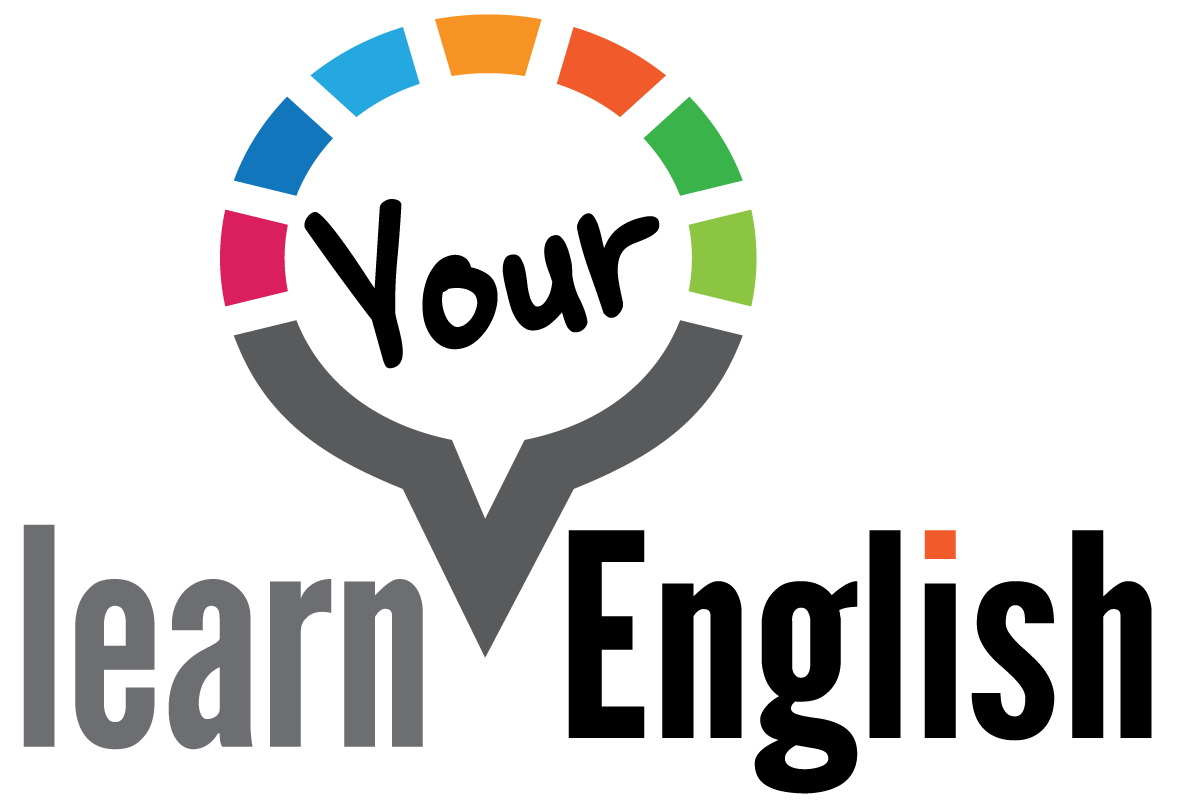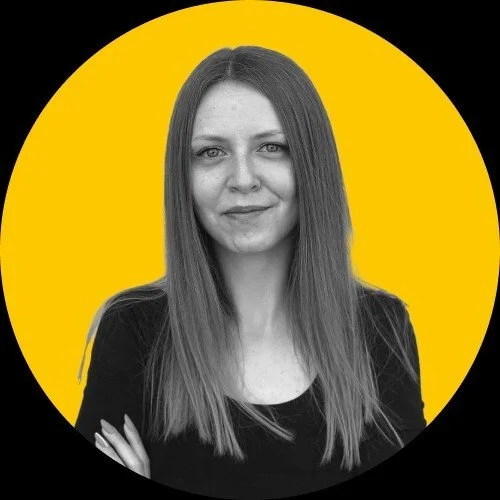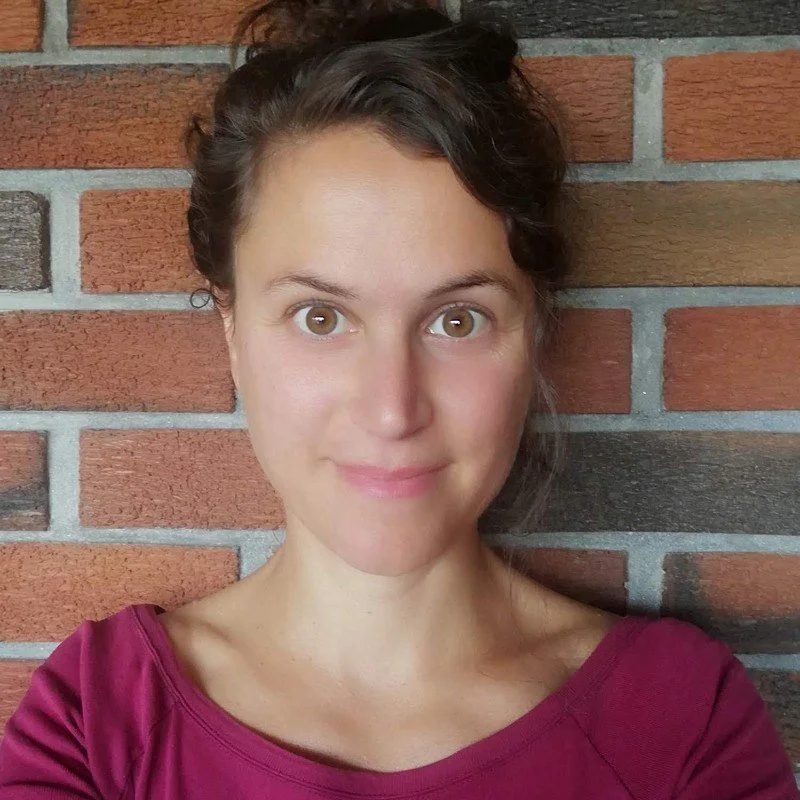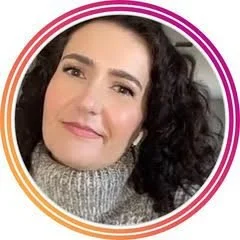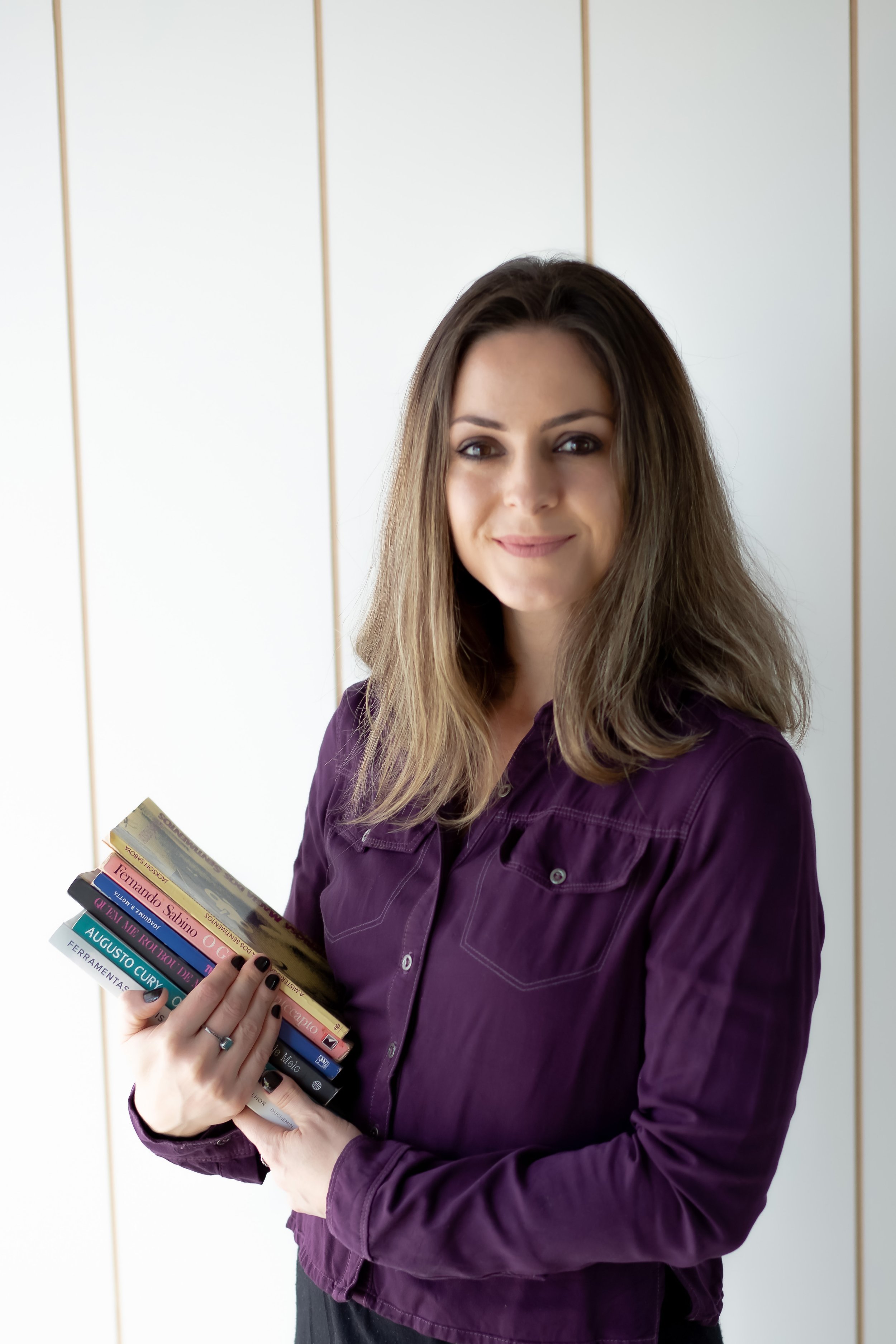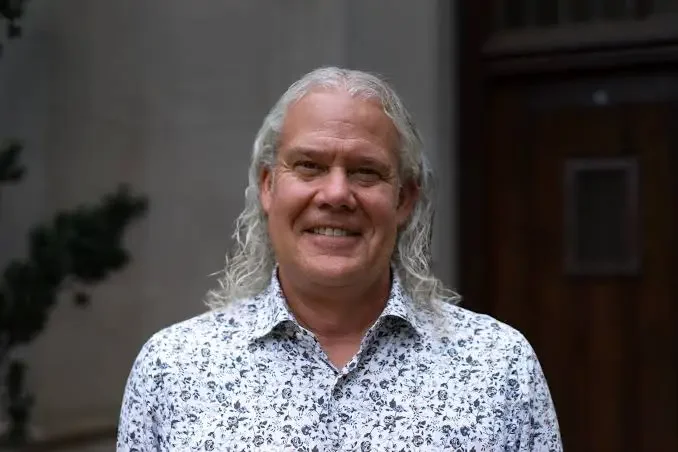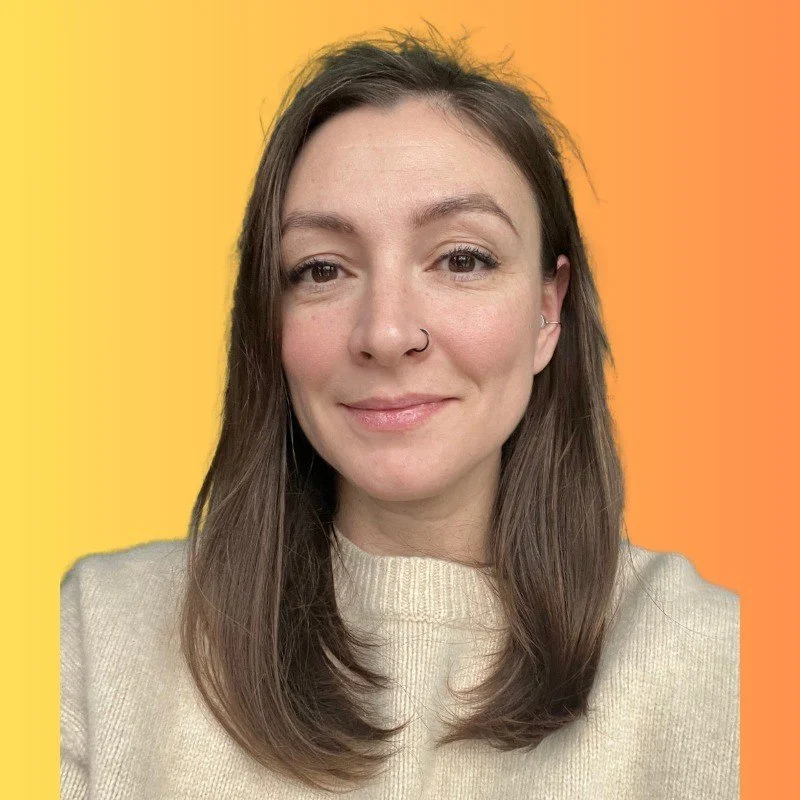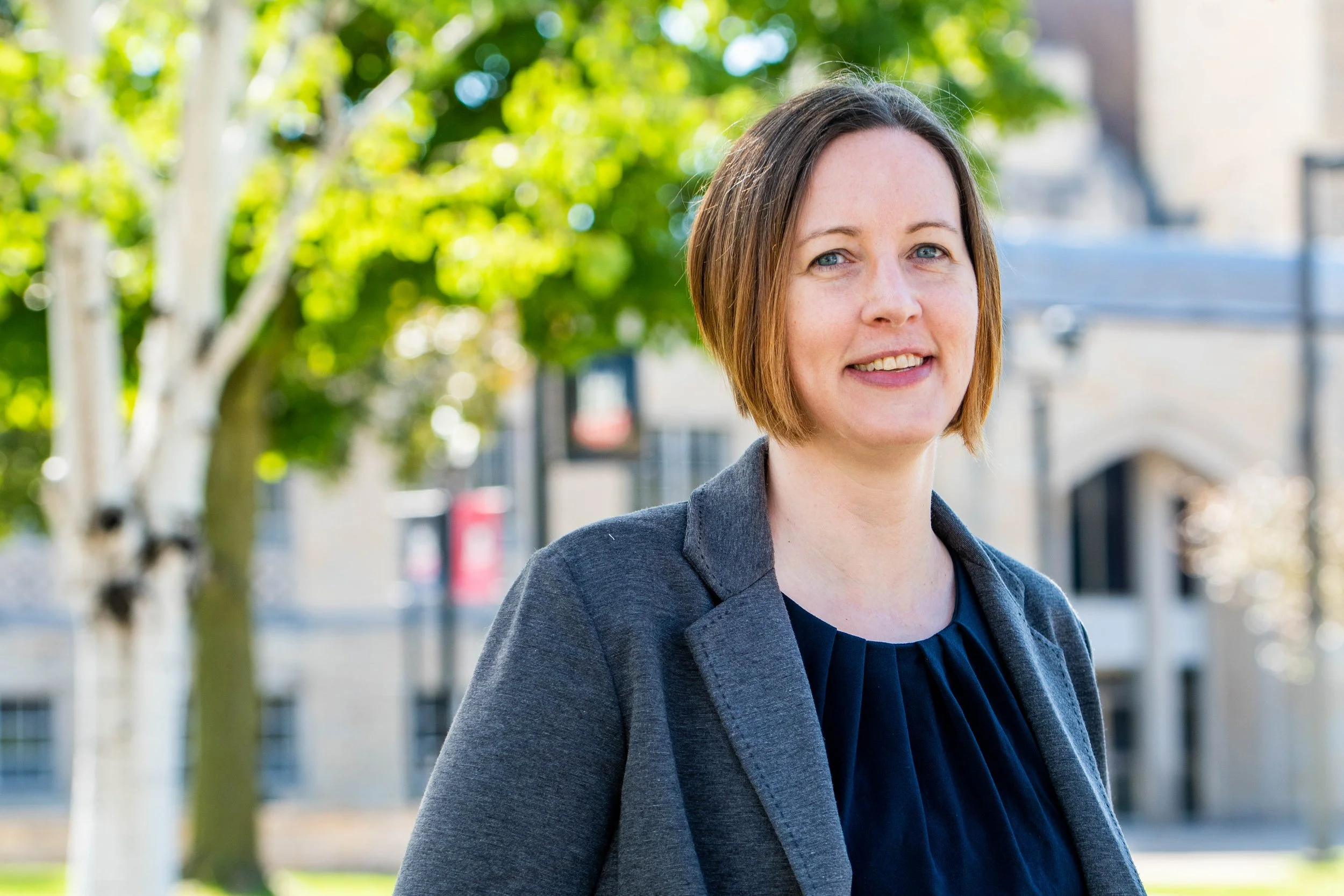Our supporters could be your future customers.
Our Thriving Teacherpreneur Newsletter & Teacher Talking Time Podcast have quickly become two of the go-to resources in our industry.
Connect with an active community of passionate teachers, entrepreneurs, school owners, & freelancers starting and growing their businesses.
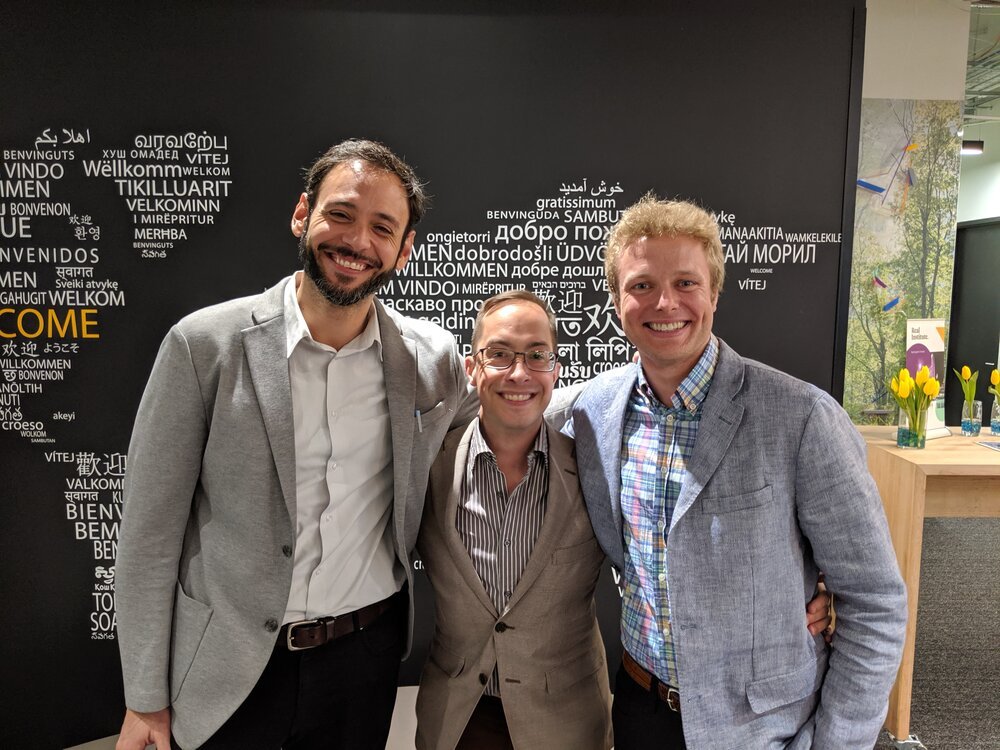
We are Leo, Mike, and Andrew
We run Learn YOUR English and have passionate clients and fans around the world.
Our fans are from all over the globe

International House
〰️
Language Point
〰️
TEFL Academy Costa Rica
〰️
LSI Toronto
〰️
International House 〰️ Language Point 〰️ TEFL Academy Costa Rica 〰️ LSI Toronto 〰️
Sponsorships with LYE
Teacher Talking Time is a monthly long-form podcast that explores the research behind how people learn languages. It’s a must-listen among teachers and educators.
Our newsletter is sent twice per week. It supports teachers in their business and entrepreneurial growth.
Teacher Talking Time Podcast
81K+ total downloads
~1K+ downloads per episode
We place your ad pre-roll (within first 5 minutes of the episode)
Your ad will remain live forever in each episode as they remain in the app feed & on our website
We release one episode per month
*stats are for the audio version of the podcast only
Newsletter
Twice per week newsletter (every Monday and Thursday)
3400+ subscribers
~30% open rate
We place your ad at the top of the newsletter copy
Your ad will remain live forever as we post the Thursday newsletter on our website and share the link on social media
Are you starting your teaching business in 2025? Perhaps you've already delved into it - the year is already two months old, which is hard to believe.
Even if you've already started yours, we think these steps will serve you well to strive towards your goals this year.
Let's begin with what we don't recommend doing:
We see many teachers trying to do a bit of everything.
Roses are red,
Violets are blue,
When looking for your forever niche,
A niche with benefits works, too.
Cheesy Valentine’s Day rhyme aside, this can’t be overstated enough: indecision kills businesses. This is especially true with the first step where many people get hung up: choosing a niche.
And that’s what we’re going to help you solve right now.
American Express is one of the world’s most popular credit cards.
And it's the most expensive.
Which makes it a great example of being expensive and successful.
Amex is pricey on both ends:
To have the card, you need to pay a monthly or annual fee
Many merchants don't accept it as the transaction fee can be 1-2% higher than competing cards.
And yet, over 141 million people have an Amex card globally (as of 2023). Users of the card also spend the most on average - more than Visa and Mastercard.
So, what's the secret?
We're not sure if Michalangelo ever carved a Halloween pumpkin, but if he did, it must have been legendary.
While the famed Florentian sculptor may not have tackled marble Jack-o'-lanterns, he carved many niches in his day - literally.
The word "niche" has its origins in Latin and French and was once meant "to nest." Closer to the 16th and 17th centuries, "niche" was first used in English to refer to a nook in a wall where you could display a statue or something else—like a little nest for decorative objects.
And artists and sculptors carved out literal niches all over the place.
Today, we have a different "Atlas" for you: the ATLAS 5-finger funnel. This concept we learned from Pat Flynn, a wonderful podcaster, YouTuber, and business coach (one of our mentors).
And instead of this Atlas weighing you down in the classroom, it will lift you and your business up in terms of sales.
But first, a question for you: What would you say is the NUMBER ONE reason you don't get more clients in your teaching business?
Many teachers promote helping their students with "confidence." And while this isn't a bad thing of course, we recommend looking at it in a different way.
Confidence isn't really quantifiable. Selling an emotional result can be a difficult business proposition. It makes it challenging for the client to know when they've achieve the result, attribute that to your service, and for you to re-sell them.
But it's actually more challenging for another reason:
Choosing a niche isn’t like going shopping and picking one of the shelf.
Rather, it’s really part of your journey.
A fusion.
And that’s what Maggie Rogers did when she impressed the entire world with her niche of one.
One of the most common questions we receive from teachers is “Do I REALLY need a niche?”
Our answer is quite simple: if you want to have a business and not just a hobby, yes.
In this newsletter, we dive into why.
Hint: it’s not for its own sake.
Dr. LePera says our bodies enter what’s called a “sympathetic freeze state.”
This is kind of like hibernation, where we are not able to push through. Our bodies don’t allow us to keep going because of the perceived threat, so we stay in procrastination mode.
For you, you may have had goals that you’ve put off or delayed for this reason.
Putting things off until the next quarter, the next semester, or next year? Your body might be in the sympathetic freeze state.
The newsletter has definitely made a comeback. And with the algorithm changes we’ve seen recently to the main social media platforms (not for the better), owning your audience has become more vital.
A newsletter is a great way to do this.
And it’s not simply about collecting emails. It’s about many supplemental benefits as well.
Here are the 5 best ways to utilize one.
Our Audience
We attract language teachers who have or are starting their own business. They strive for excellence in professional development, online course development, and areas of tech that can make their business more efficient.
Our readers and listeners are commonly decision-makers who are eager to invest in tools, talent, training, and resources that will help them to learn faster, grow their business, and make their lives easier.
